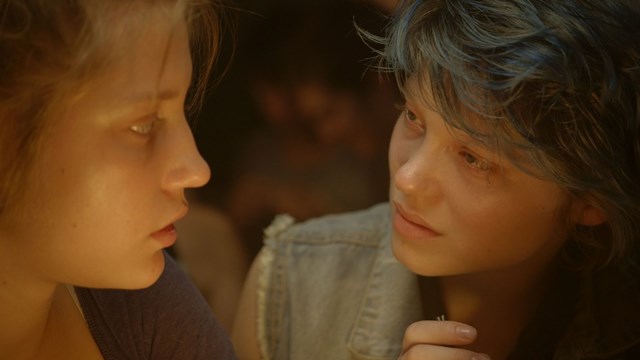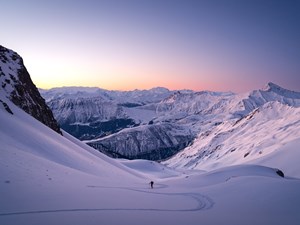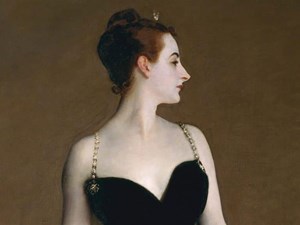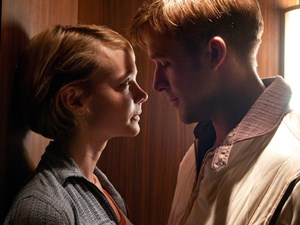Guest Blog: The Power of LGBTQ Representation
At the age of fourteen, I fell in love for the first time, and it wasn’t with a boy like I always thought it would be.
It was completely unexpected and out of the blue. I’d only once before had curious thoughts about another girl, but pinned it down to generic teenage confusion and nothing of any substance; but there I was, harbouring feelings for one of my school friends, which, to my luck, were requited. We began our ten-month-long relationship in the autumn and spent the coming winter walking down Southend High Street holding warm Greggs sausage rolls close to our bodies while it snowed, but never daring to hold hands in public. The one time we had, we’d had coins thrown at us from a group of jeering boys and there was always a threat of bumping into an unsuspecting family member. Neither of us had come out to our parents at this time, but then again, neither of us knew what we were. Discussions about our sexualities always came to an inconclusive end; I didn’t see myself as a lesbian, but I didn’t see myself as straight either. To be honest, I didn’t even see myself as bisexual; I felt completely disconnected from any sense of identity, so I didn’t bother to classify myself. However, we still knew we were different, and despite the bravado two rebellious kids who shaved their heads against the school’s wishes might seem to have, the performative defiance of normality hid my desperation for a confirmation of myself as I was; the acknowledgement that our love was okay and normal and just as real as a heterosexual love.
Without any other LGBTQ friends or family members, I felt alone and unsure, so I slowly introduced myself to queer cinema through Ang Lee’s devastating Brokeback Mountain (2004). Granted, the protagonists of Brokeback Mountain were two men in place of two women, but the on-screen actualisation of same-sex love and the notion of secrecy was something that resonated with my own experiences. The gratification of feeling understood and seen hit me like a brick wall, spurring me on to watch as much as I possibly could. I went on to discover films both explicitly queer in nature or simply including a singular queer character, like Blue is the Warmest Colour (2013), A Single Man (2009), Mysterious Skin (2004), Mulholland Drive (2001), But I’m a Cheerleader... (1999).With each and every watch I had more of an idea of who I might be; a pinch of confidence I needed to accept myself as I was; an opportunity to identify myself with characters in place of a real-life community.

Through my internal struggle to understand my sexuality, I inadvertently dismissed a discussion with myself about my gender identity, but five years later, at the age of nineteen, I made the decision to come out as non-binary/transmasculine to close friends and my mother. Still without a community of similarly identified people to discuss my gender woes with during my time of questioning, films had once again become my personal sounding board. Tomboy (2011), Boys Don’t Cry (1999) and 3 Generations (2015) were three key films in which I saw myself and would turn to whenever I needed a sense of reassurance and comfort. Despite controversy surrounding the use of a cisgender woman to play a transgender boy in 3 Generations , the film quickly made it onto my list of ‘most re-watched’ due to just how connected I felt to the character of Ray and how it never failed to gave me the simple, but powerful feeling visibility.
Though these films are all important to me in some way, I still tend to struggle with the lack of representation of people like myself in the media. The list of films depicting bisexual transmasculine people are next to none, leaving other similarly identified folks and myself disheartened without much acknowledgement. I often find myself delegitimizing my identity, shrugging off the use of the wrong pronouns because of course, I don’t look trans (whatever that means), I look like a girl, it’s fine, but whenever I catch these moments of self-dismissal I turn back to my small collection of films that I see parts of myself in. Without the limited representation of people like me on screen, perhaps I’d still be grappling with my sexuality and gender identity, or maybe I’d have burrowed any notion of being queer and trans deep inside of myself, never to come to light. Films have a tremendous amount of power in our society, holding the potential to help normalise LGBTQ people and their lives and I am incredibly grateful for the helping hand they gave me in my journey to understand myself. My only hope is that even more films revolving around the diverse and beautiful LGBTQ community surface in the coming years to help kids find themselves and blossom without little doubt.


